Battlefield Tours at Three Tree Hill
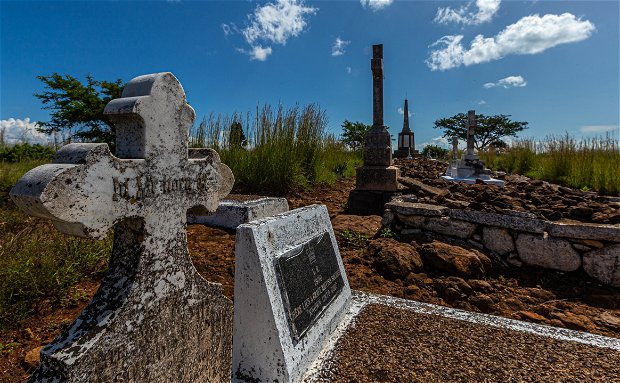
Please note that it is ESSENTIAL TO PRE-BOOK BATTLEFIELD TOURS should you be particularly interested. (Even if you are on our Fully Inclusive package) We do not run every single tour type every day, and our guides may already be committed with a different tour, so it is therefore recommended to stay a minimum 3 nights should you wish to cover some of these tours. Please email frontdesk@threetreehill.co.za to arrange.
Three Tree Hill Lodge (formerly known as Three Trees at Spioenkop) specializes in the history of the South African War, (2nd Anglo-Boer War 1899 – 1902) with the Battle of Spioenkop being our focal point. One cannot however hope to understand this watershed event (not just for South Africa, but also for Great Britain, being the ‘the longest, the costliest, the bloodiest and most humiliating war that Britain fought in between 1815 and 1914’) without studying what caused one of the smallest countries in the world to declare war on the world’s greatest empire of the time. Our guide, Pierre Jonker, brings this dramatic period of our history to life, presenting world class, holistic, evocative and insightful tours.
What to expect on tour:
Half day tours begin either at 08h30 & return around 13h00 for lunch or begin after lunch around 13h30 & return at sunset around 18h00. Times will be confirmed by guest numbers or weather conditions at the time.
Full day tours will depart at 07h00 & return around sunset.
Picnic lunches & refreshments are included on the tours. However, it is possible to dine at eateries on the battlefields route at your own cost.
A small amount of walking on fairly uneven terrain is required, so comfortable walking shoes are recommended. Sunscreen, sunhat & sunglasses are always required, winter or summer. Light fleece or jacket to be taken during all seasons. Light rain or windproof jacket also recommended. Binoculars are recommended if you have an interest in nature, as you never know what might be encountered whilst on tour.
Please note that the tours are not suitable for children under the age of 16 years. We recommend The Walking Artillery Trail should you have children younger than this.
PRICES
Half Day Tours 1, 2 or 3 – R1,350 (2024) per half day tour (minimum charge 2 persons) R1,555 (2025) per half day tour (minimum charge 2 persons)
Walking Artillery Trail 4 – R595 per person (2024) Min 2 R685 per person (2025) Min 2
Full Day Tours 5 & 6 – R11,500 (2024) for the guide & vehicle (1 – 6 persons) R14,550 (2025) for the guide & vehicle (1 – 6 persons)
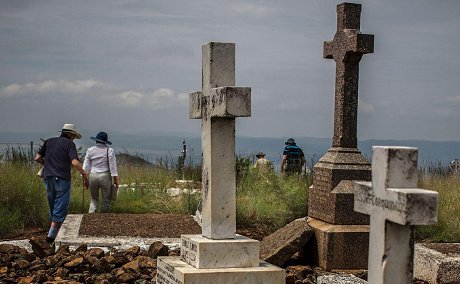
1. Battle of Spioenkop (Three Trees Flagship Tour)
Half-day (4 hours)
This tour tells of the bloodiest single day of the entire South African War. During January, General Sir Redvers Buller was joined by Lt General Sir Charles Warren, but their renewed attempts to breach the Boer defense line along the Thukela River were unsuccessful. Spioenkop was the highest point on the Boer defensive line and on 23 January 1900, a British attempt to capture it began. Astonishingly, Louis Botha, Winston Churchill and Mohandas Ghandi all played a role in this battle. The result of this battle confirmed that those early disasters of ‘Black Week’ were not merely beginners luck on the part of the Boers. Spioenkop, together with Majuba, are arguably the best known of all the battles between the British and the Boers.
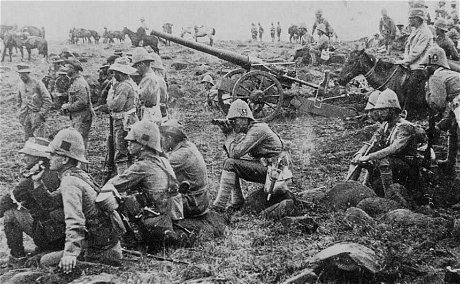
2. Battle of Colenso & Churchill’s Capture
Half day (4 hours)
The Boers, in response to the anticipated arrival of thousands of British troops in Durban, took up defensive positions along the Thukela River near Colenso. In mid December a British force of over 15,000 men, under Sir Redvers Buller, suffered a humiliating defeat in attempting to break through to Ladysmith. In this battle 7 Victoria Crosses were won, contributing to two of only three father & son VCs ever to be awarded. Young Winston was contracted by the Morning Post to cover the war in South Africa. However, his capture near Frere and subsequent remarkable escape, thrust him into the political and public limelight, and arguably launched his political career. Less than a year later, aged 25, he became a MP for Oldham.
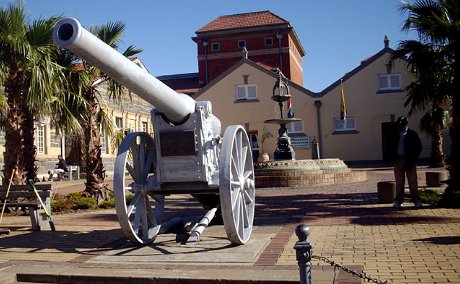
3. Ladysmith Siege, Battle of Caesar’s Camp & Wagon Point
Half day (4 hours)
The siege of Ladysmith lasted 118 days from 02 November 1899 until 28 February 1900. The town was the northern post of the British garrison in Natal, chosen for its strategic position on the Klip River and the junction of the railway lines from Durban to both the Free State and Johannesburg, providing communications between the harbour and the interior.
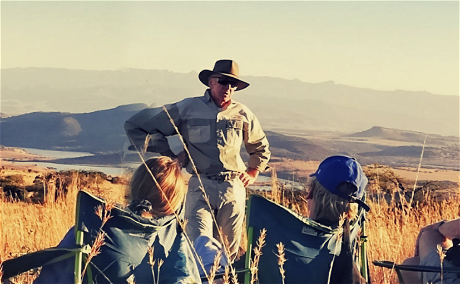
4. Walking Artillery Trail
2 Hour Round Trip - Distance 5km
This trip is recommended for children under 16 years, but is also suitable for adults that would like to explore the 16 marked gun placement sites of the British on Three Tree Hill, which was captured on the 20th January 1900 and became General Warren’s headquarters. Spectacular views of Spioenkop from these firing positions.
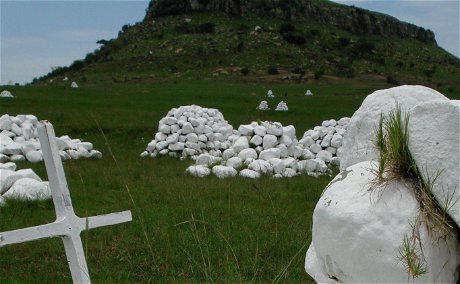
5. Anglo-Zulu War Tours: Isandlwana and Rorke’s Drift
Full day (10 hours)
The British army under Lord Chelmsford had moved from the Eastern Cape border to the Zululand border during 1878. When the British ultimatum to the Zulu king, Cetshwayo, expired in January 1879, the British invaded Zululand in three separate columns. The Battle of Isandlwana took place when the central British column came into contact with the Zulus and suffered a humiliating and bloody defeat at the hands of a spirited Zulu army.
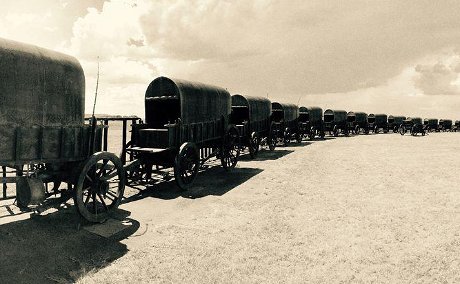
6. Battle of Blood River 1838, Battles of Talana & Elandslaagte
Full day (10 hours)
In 1838, the mighty Zulu army was defeated for the first time by the Voortrekker Commando under their leader, Andries Pretorius, hereby opening the way for the proclamation of the first Boer
Republic – The Republic of Natalia.
Talana was the Boers opening gambit in Natal, and although hailed as a British success, it was a pyrrhic victory with the Boers withdrawing in good order, leaving major casualties on the British side, including their general. Elandslaagte, fought the next day, was, after a bloody struggle, a decisive British victory. It may be considered to be the last of the set-piece battles of the war. Curiously, having driven the Boers from the railway line, the British immediately withdrew, allowing the Boers to re-occupy it.



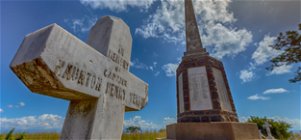



Share This Page